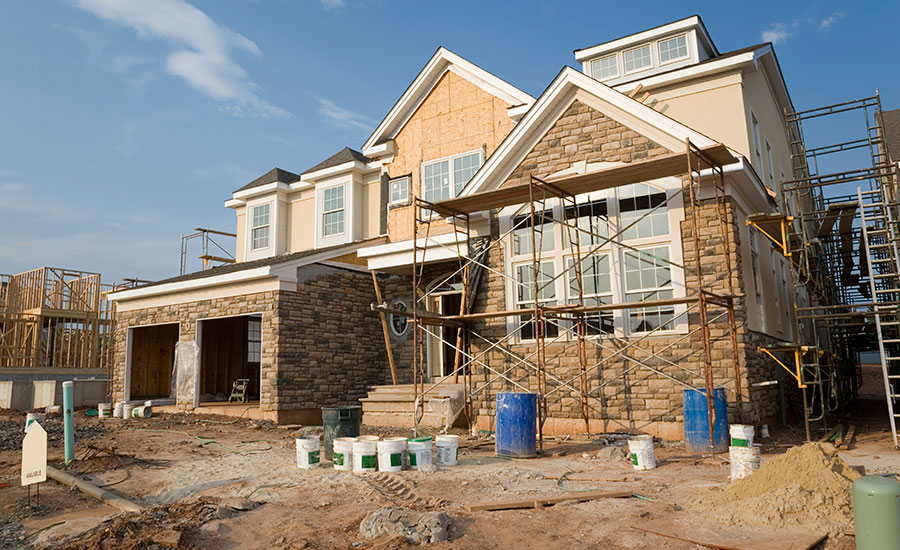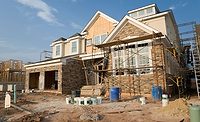Strong Sales Lift Builder Confidence to New Record High in November
Builder confidence levels have hit successive all-time highs over the past three months.

Builder confidence in the market for newly built single-family homes increased five points to 90 in November, shattering the previous all-time high of 85 recorded in October, according to the latest National Association of Home Builders (NAHB)/Wells Fargo Housing Market Index (HMI). Builder confidence levels have hit successive all-time highs over the past three months.
“Historically low mortgage rates, favorable demographics and an ongoing suburban shift for home buyer preferences have spurred demand and increased new home sales by nearly 17 percent in 2020 on a year-to-date basis,” said Chuck Fowke, NAHB chairman and a custom home builder from Tampa, Fla. “Though builders continue to sign sales contracts at a solid pace, lot and material availability is holding back some building activity. Looking ahead to next year, regulatory policy risk will be a key concern given these supply-side constraints.”
“Another record high for the HMI reflects that housing is a bright spot for the economy,” said Robert Dietz, NAHB chief economist. “However, affordability remains an ongoing concern, as construction costs continue to rise and interest rates are expected to move higher as more positive news emerges on the coronavirus vaccine front. In the short run, the shift of housing demand to lower density markets such as suburbs and exurbs with ongoing low resale inventory levels is supporting demand for home building.”
Derived from a monthly survey that NAHB has been conducting for 35 years, the NAHB/Wells Fargo HMI gauges builder perceptions of current single-family home sales and sales expectations for the next six months as “good,” “fair,” or “poor.” The survey also asks builders to rate traffic of prospective buyers as “high to very high,” “average,” or “low to very low.” Scores for each component are then used to calculate a seasonally adjusted index, where any number over 50 indicates that more builders view conditions as good than poor.
Of note, 69% of the responses for this survey were received before the election result for president was called on November 7. Election results, and their future impacts on housing market conditions, will be more fully reflected in December’s HMI report.
All the HMI indices posted their highest readings ever in November. The HMI index gauging current sales conditions rose six points to 96, the component measuring sales expectations in the next six months increased one point to 89, and the measure charting traffic of prospective buyers rose three points to 77. Looking at the three-month moving averages for regional HMI scores, the Northeast increased two points to 83, the Midwest jumped six points to 80, the South rose four points to 86, and the West increased four points to 94.
HMI tables can be found at www.nahb.org/hmi.
Looking for a reprint of this article?
From high-res PDFs to custom plaques, order your copy today!





